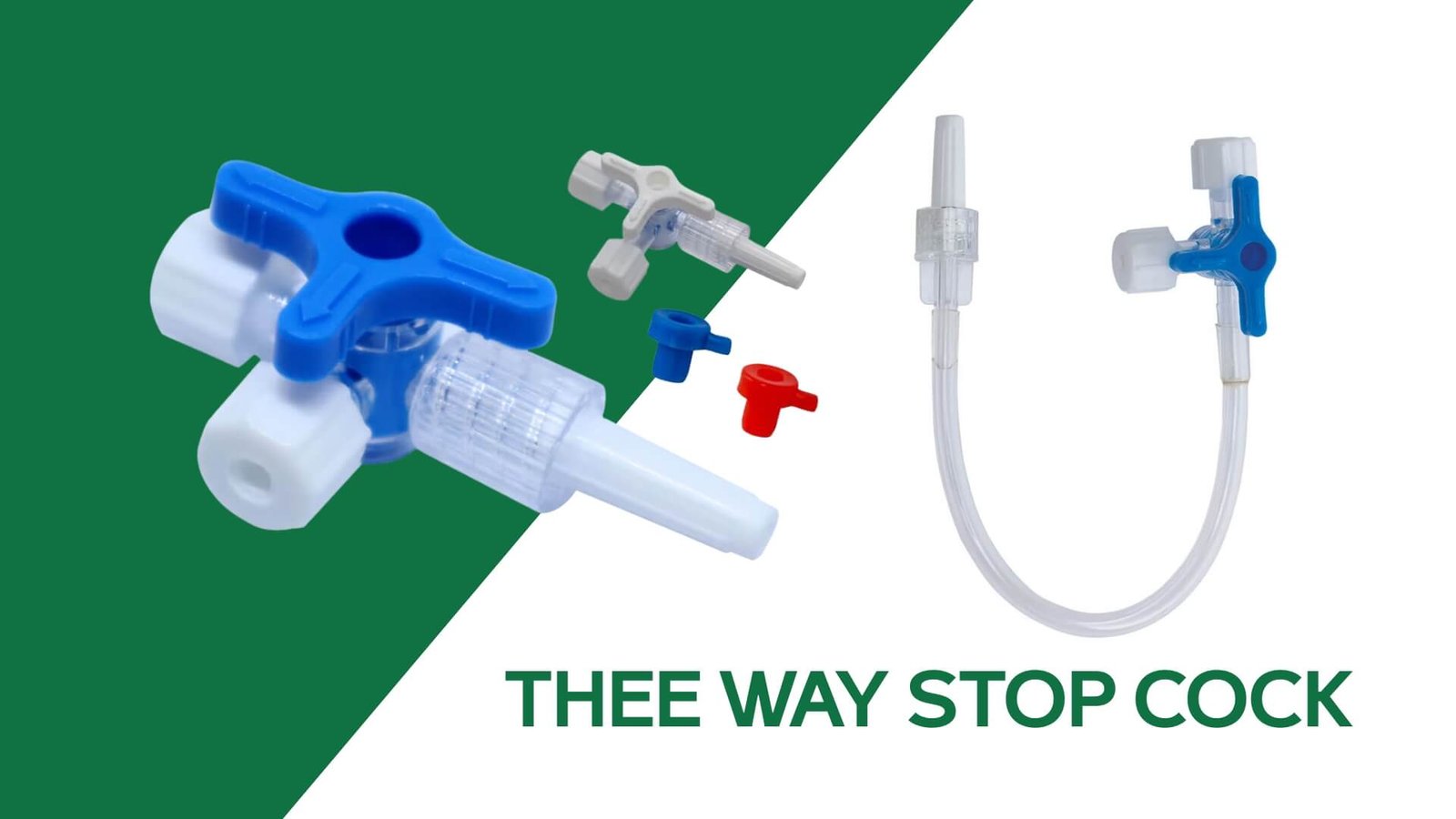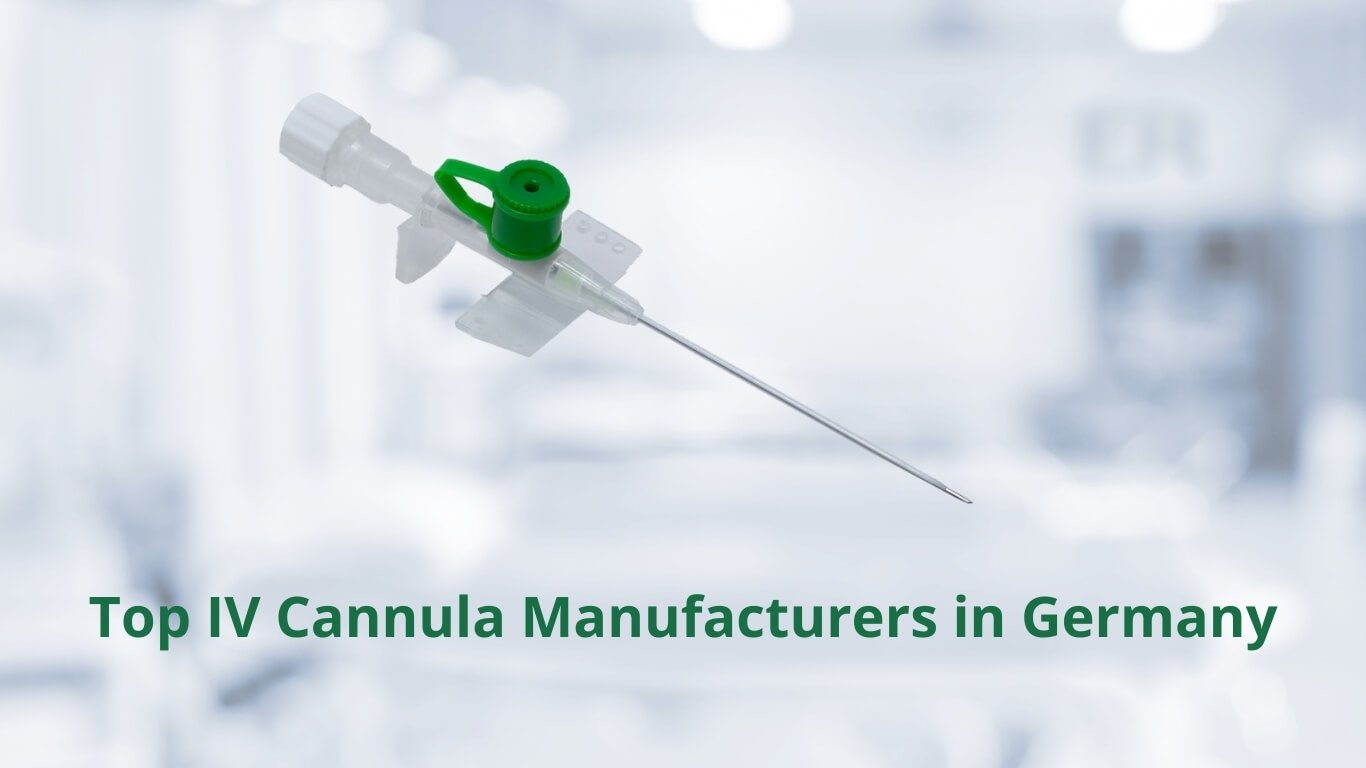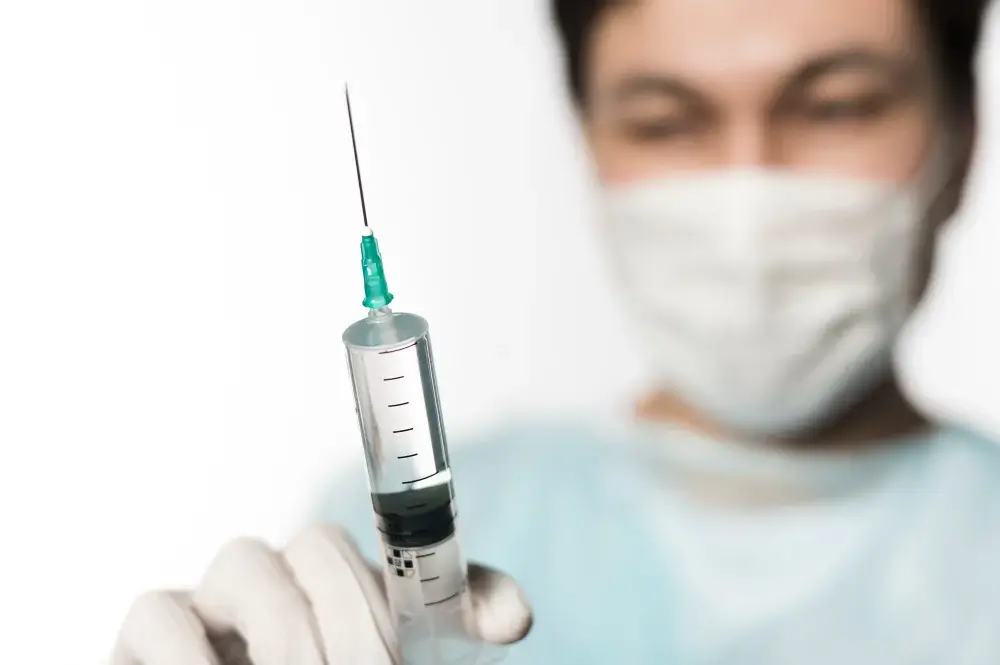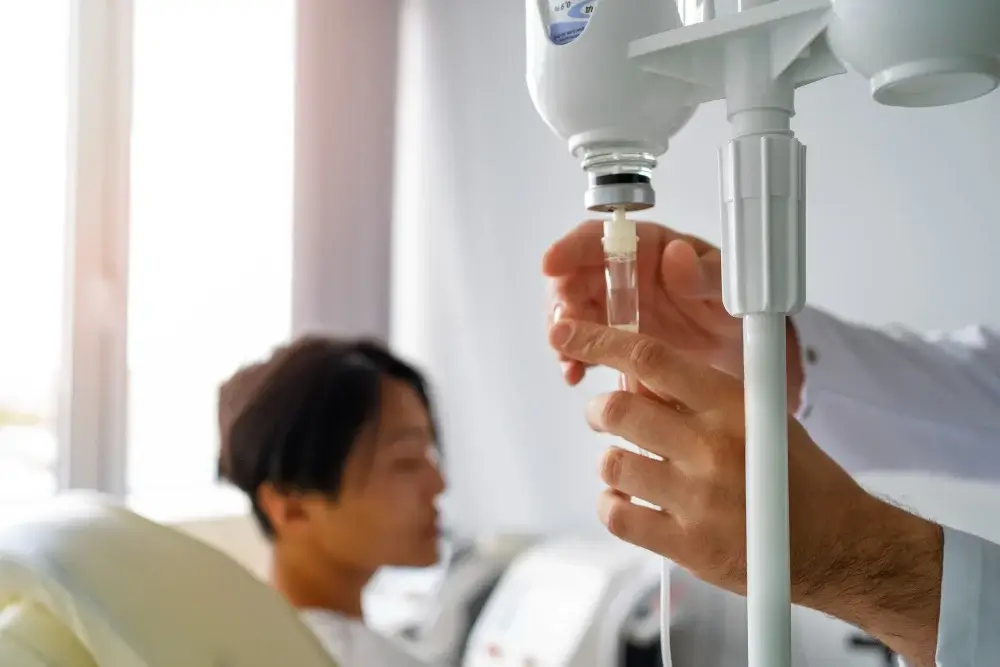Understanding Blood Transfusion Sets
Blood transfusion sets are vital medical devices used in the healthcare system, primarily designed to facilitate the transfer of blood products from donors to patients. These sets play a crucial role in emergency care situations where timely and safe transfusions can make a significant difference in patient outcomes. A typical blood transfusion set comprises several essential components, including a flexible tubing system, a filter, a drip chamber, and connectors that ensure the seamless flow of blood products.
The flexible tubing is designed to transport blood from one container to another, allowing for the safe passage of essential blood components such as red blood cells, plasma, and platelets. The filter included in the blood transfusion set is particularly important, as it serves to remove any potential clots or debris from the blood, thereby minimizing the risk of transfusion-related complications. A drip chamber is integrated into the set to provide caregivers with a visual indication of the flow rate and to ensure that air bubbles do not enter the patient’s bloodstream, further enhancing patient safety during transfusions.
Standards and regulations govern the manufacturing and use of blood transfusion sets, ensuring patient safety and the efficacy of transfusions. Organizations such as the FDA in the United States and various international health bodies provide guidelines that dictate the necessary materials, testing for sterility, and quality control procedures that must be adhered to by manufacturers. Compliance with these regulations is crucial, as it directly impacts the safety and effectiveness of blood transfusions in emergency care settings.
In summary, understanding the components and regulations surrounding blood transfusion sets is essential for healthcare professionals to ensure that transfusions are conducted safely and efficiently, ultimately improving patient care during critical circumstances.
The Importance of Quick and Reliable Blood Transfusions in Emergencies
In emergency medical situations, the speed and reliability of blood transfusions can significantly impact patient outcomes. Blood transfusions are vital during traumatic injuries, major surgeries, or severe anemia, where rapid restoration of hemoglobin levels is essential for sustaining life. Delayed blood transfusions can lead to critical complications, including increased morbidity and mortality rates. In fact, studies have shown that timely intervention can be the difference between life and death for patients experiencing significant blood loss.
The physiological response to trauma or surgical blood loss necessitates immediate transfusion to maintain hemodynamic stability. Each minute wasted in acquiring and administering blood products can escalate a patient’s risk, not only prolonging surgical procedures but also reducing overall survival rates. Delays in obtaining transfusion could result in a progression from shock to irreversible organ failure in severely affected individuals. Thus, medical professionals often work under immense pressure to perform effective and quick interventions.
To mitigate these challenges, the use of high-quality blood transfusion sets, such as those provided by Lars Medicare, plays a crucial role in emergency care scenarios. These sets are meticulously designed to facilitate rapid blood flow and ensure compatibility with various blood products, thereby minimizing the risk of complications. Streamlined designs, along with intuitive operating mechanisms, allow healthcare providers to initiate transfusions promptly, thereby maximizing patient survival chances in critical moments.
In summary, the importance of quick and reliable blood transfusions in emergency situations cannot be overstated. The ability to deliver timely blood products can manifest profoundly in patient recovery, making the choice of an effective blood transfusion system essential for all healthcare facilities dealing with emergencies.
Features of Lars Medicare Blood Transfusion Sets
Lars Medicare blood transfusion sets are engineered with an array of innovative features that significantly enhance their usability and safety, making them a preferred choice in emergency medical situations. One of the most notable aspects of these sets is their user-friendly design. Designed for rapid deployment, they are easy to handle even in high-pressure environments, allowing healthcare professionals to focus on patient care rather than the complexities of equipment setup. This user-centered approach ensures that medical personnel can quickly administer transfusions, a crucial factor when lives are at stake.
Another critical feature of Lars Medicare blood transfusion sets is the incorporation of advanced safety mechanisms. These sets are equipped with filters designed to prevent contamination and ensure that only safe, viable blood products are delivered to patients. This innovative filtration system minimizes the risk of transfusion-related reactions, which is especially vital in emergency scenarios where rapid intervention is required. Furthermore, the designs include intuitive color-coded components, facilitating quick connections and reducing the possibility of errors during transfusion procedures.
Efficiency is another hallmark of Lars Medicare blood transfusion sets. The sets are designed to deliver blood products consistently and effectively, which is paramount in critical care where every second counts. Their flow control mechanisms allow healthcare practitioners to manage the rate of transfusion accurately, ensuring that each patient receives the right volume of blood at the appropriate speed. Additionally, the materials used in these sets are compatible with a wide range of blood products, enhancing flexibility in emergency situations where different blood types may be required.
Overall, the combination of user-friendly design, robust safety features, and efficient delivery mechanisms makes Lars Medicare blood transfusion sets indispensable tools in the realm of emergency care. These innovations not only facilitate prompt and safe transfusions but also contribute significantly to improved patient outcomes during critical interventions.
Case Studies and Testimonials: The Impact of Lars Medicare Blood Transfusion Sets
The efficacy of Lars Medicare blood transfusion sets in emergency care has been underscored through numerous real-world case studies and firsthand testimonials from healthcare professionals. A notable instance occurred during a mass casualty event, where rapid blood transfusion was crucial. Medical teams recounted how the quick access to Lars Medicare blood transfusion sets enabled them to initiate life-saving interventions rapidly. As one emergency physician noted, “The Lars transfusion sets were a game-changer during our response; it allowed us to stabilize patients quickly without delays.”
In another case documented in a busy urban hospital, a patient suffering from severe trauma required immediate blood replacement. The nurse on duty highlighted the efficiency of the Lars Medicare sets: “We were able to set up the transfusion in moments. The design and functionality of the equipment played a vital role in managing our throughput while ensuring patient safety.” This account reflects the sets’ design; their intuitive assembly and ease of use directly contribute to better patient outcomes.
Furthermore, testimonials from emergency responders illustrate the critical role of Lars Medicare blood transfusion sets in pre-hospital settings. A paramedic shared their experience: “Having the Lars transfusion sets readily available in our ambulance made all the difference in urgent care situations. We could respond effectively, giving patients the life-saving support they needed while en route to the hospital.” This sentiment has been echoed by many healthcare personnel, emphasizing that the reliability of these transfusion sets fosters confidence in urgent medical situations.
Through these shared experiences, it is evident that Lars Medicare blood transfusion sets are not merely tools; they are essential components that significantly enhance the capability of healthcare teams in emergency environments. The positive impact on patient outcomes stands as a testament to their effectiveness and reliability in critical care.










